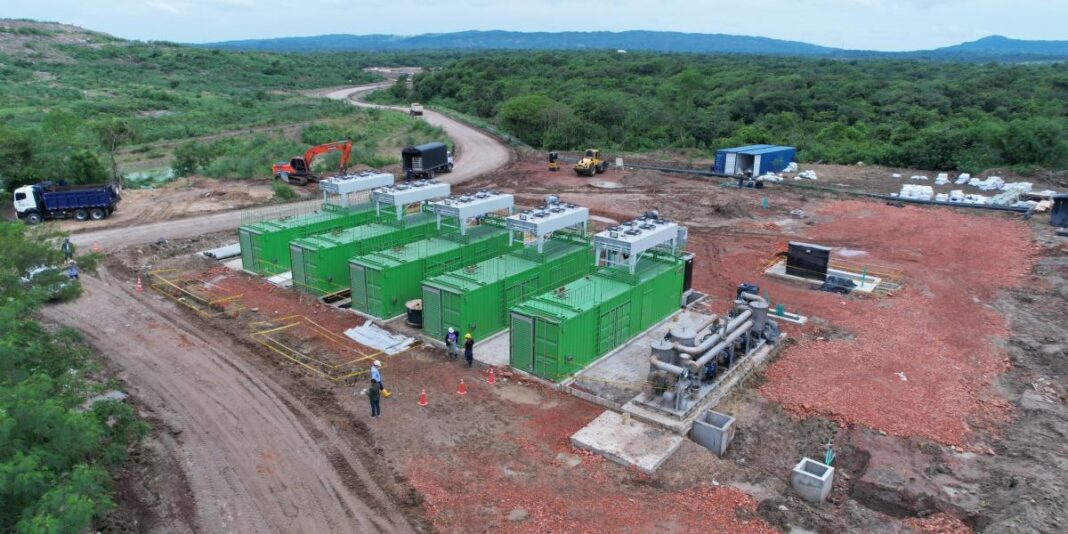BTN News: Barranquilla is set to make history in the renewable energy sector with the launch of a groundbreaking biogas energy project. By converting landfill waste into electricity, this initiative promises to generate clean energy while significantly reducing harmful greenhouse gas emissions. As Colombia’s largest biogas plant, located at the Parque Ambiental Los Pocitos landfill, the project marks a major step in the country’s shift toward sustainable energy solutions.
Transforming Waste into Power: Barranquilla’s Ambitious Energy Project
In just a month, Barranquilla will launch a pioneering biogas plant that converts methane from solid waste into electricity. With a capacity to produce 5 megawatts of energy, this clean power will be integrated into the National Interconnected System, making it Colombia’s first project of its kind.
Over six kilometers of pipeline will transport the biogas from the landfill to the energy plant. Once processed by motogenerators, the biogas will be transformed into electricity and distributed via transformers to the Juan Mina electrical substation, connecting directly to the national grid.
A Model for Sustainable Development
Alejandro Char, the Mayor of Barranquilla, highlighted the environmental and social impact of the project in a recent statement. He noted, “In Barranquilla, we are turning solid waste into clean energy. What used to emit 150,000 tons of CO2 annually is now an energy solution that’s equivalent to planting 30 million trees each year.”
This innovative project, completed in record time, will not only power around 30,000 homes but also play a critical role in reducing greenhouse gas emissions, including carbon dioxide and methane, both significant contributors to global warming.
Reducing Carbon Footprints and Emissions
Before this biogas initiative, the Los Pocitos landfill emitted roughly 150,000 tons of CO2 into the atmosphere annually. Now, with the new plant in place, these emissions will decrease drastically, contributing to Barranquilla’s commitment to sustainability and cleaner air.
Ramón Hemer, General Manager of Triple A, a key partner in the project, expressed his optimism, stating, “This project is crucial for eliminating harmful pollutants such as methane and carbon dioxide, benefitting both the environment and the community.”
Powering Barranquilla with Clean Energy
Developed by the Chinese firm BCCY, the biogas plant is set to become Colombia’s largest waste-to-energy facility. By harnessing methane from waste decomposition, it will significantly cut down the landfill’s carbon footprint while generating energy from a previously untapped resource.
Expected to reach full operational capacity by 2024, this facility will be Colombia’s leading project in the sector, paving the way for more initiatives focused on renewable energy and waste management.
Environmental and National Impact
Aligned with the National Development Plan, which emphasizes renewable energy through programs like Solar Farms and Energy Communities, Barranquilla’s biogas plant is set to be a national benchmark for sustainable energy projects.
Mayor Char emphasized the city’s leadership in Colombia’s energy transformation, positioning Barranquilla as a pioneer in reducing dependence on fossil fuels and embracing renewable energy sources. The project will not only serve as a local success story but also inspire similar ventures across the country.
The Future of Energy in Colombia
As Colombia’s largest biogas project, the plant at Los Pocitos is poised to play a crucial role in the country’s energy future. It will contribute significantly to reducing the nation’s carbon emissions while producing sustainable electricity for thousands of homes.
By converting landfill waste into power, Barranquilla is taking bold steps toward a future where clean, renewable energy replaces conventional fossil fuels. This project highlights the city’s commitment to combating climate change, aligning with both national and international environmental goals.


